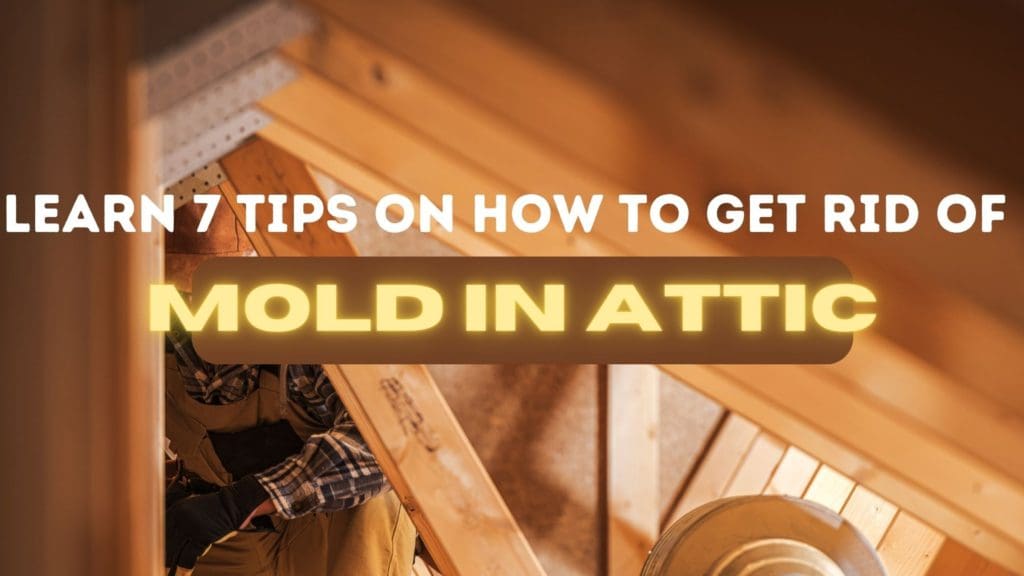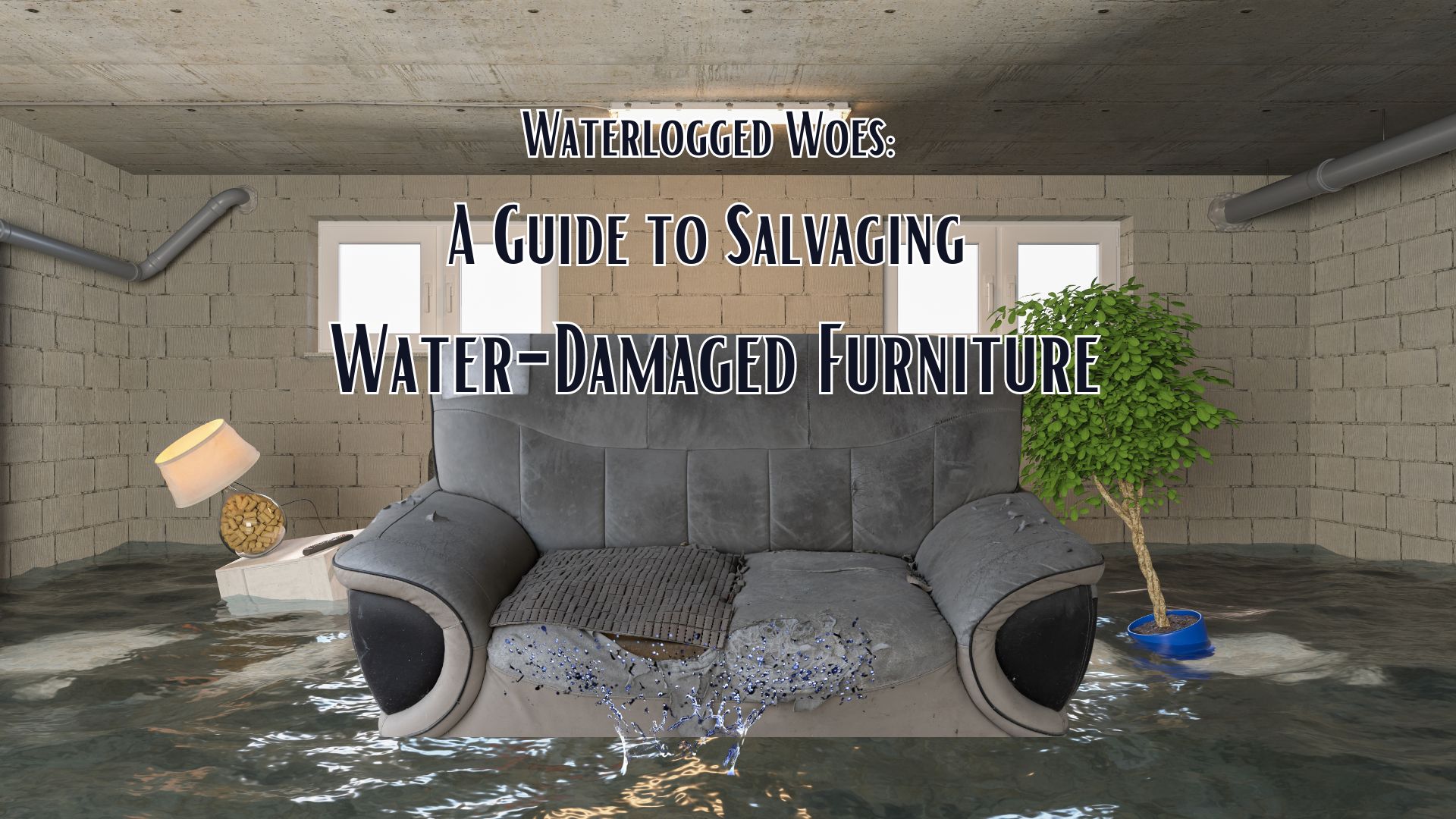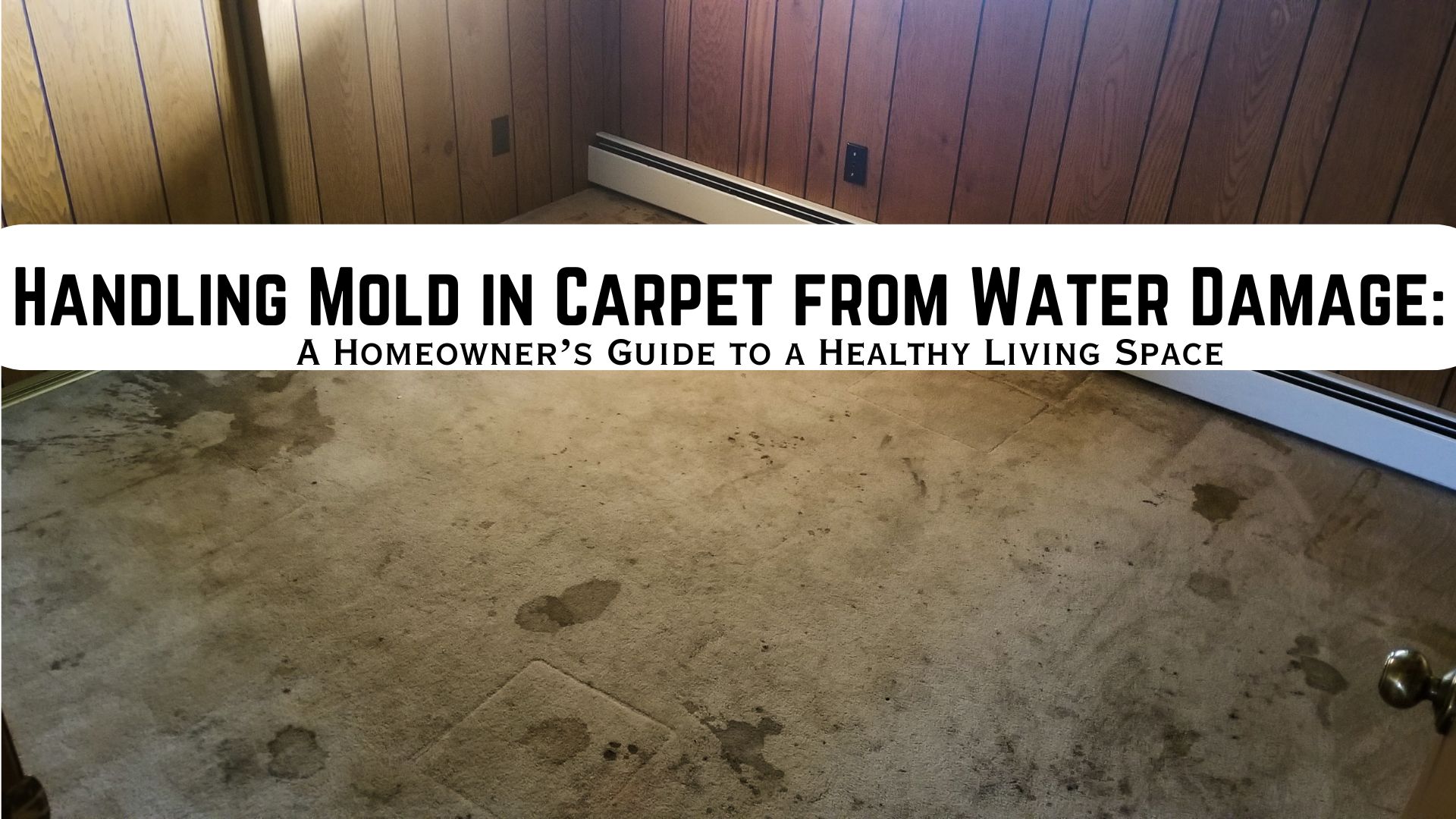Learn some tips on prevention and how to get rid of mold in attic effectively!
The attic usually serves as a storage room for things that aren’t really useful at the moment. A lot of people don’t spend most of their time in the attic since it’s often dark, dusty, and even scary. This part of the house which is often neglected can be an enemy to you. One thing to be aware of like any other area of your property is mold problems in the attic. Since attics can have moisture issues and are not properly ventilated, mold growing in this area is highly possible.
Read the full article and you’ll find some tips on how to get rid of mold in attic.
Watch out for Signs of Mold in Attic
Get rid of attic mold as soon as you notice the following common signs:
- Mold and mildew earthy, musty smell
- Any discoloration marks on wooden surfaces or dark black spots/stains
- Dampened or moist insulation
- Dripping water or leaks
- Excessive warm temperature than normal (could be a sign of mold growth due to a broken ventilation system)
Mold in Attic: What are the causes?
See why your attic can be a breeding ground for mold. Mold loves to thrive in areas where the following conditions are met:
- Moisture problems and high humidity
- Warm temperatures
- Nutrients (e.g. dirt and dust, wood, insulation, household items)
- Poor/no ventilation
In addition, moisture in the attic can lead not only to mold and mildew but to ceiling stains and damaged home-building materials, too.
Assessing and identifying the cause of mold development is the very first step in any process of attic mold remediation. Poor ventilation, leaky roof and windows, poor insulation, improper installation of furnaces or water heaters, and poor venting from your home’s bathroom, clothes dryer, kitchen, etc. are some causes why mold in the attic is common.
How to get rid of mold in attic?
Once you know the source of mold in attic, try the following tips so you can correct mold issues yourself.
- Inspect the area of mold growth, paying close attention to plumbing stacks, light fixtures, and any other potential sources of moisture.
- Your safety is still the prime concern, especially for DIY projects. Prioritize safety by using personal protective gear such as heavy gloves, masks, goggles, and rubber gloves.
- Remove and eliminate all the items from your attic and place them in thick bags. Especially for items that are covered by mold such as drywall, carpeting, etc., you must get rid of them.
- You have to close all the openings as well as windows and vents with plastic.
- Treating moldy areas with cleaners and homemade mixtures such as white vinegar, tea tree, or baking soda is also effective in removing mold in your crawl space. You can also opt to use chemical products, too, such as bleach.
- Use a spray bottle with a solution to clean the affected area. Then use a wire brush to scrub off mold in the attic. Allow it to dry for some time before getting rid of the plastic sheeting.
- Moreover to eliminate mold, consider using dry ice or hot air methods, both of which can effectively kill mold spores. Dry ice can be placed near the affected areas, causing the mold to freeze and die, while hot air can be blown over the mold-infested surfaces to remove moisture and inhibit mold growth.
Additionally, it is crucial to address the underlying cause of moisture, such as leaks or humid air. Fixing these issues will help prevent attic mold in the future. Regular inspections and maintenance are essential to ensure a mold-free attic environment.
How to Get Rid of Mold in Attic: Prevention is the Key!
- Make sure that proper insulation is installed to keep warm air from invading a cool attic and creating condensation on the underside of roof sheathing. This will prevent mold from growing.
- Install soffit vents for improved attic ventilation thereby reducing moisture build-up.
- Get an attic vent fan in case of increased moisture conditions. Adequate ventilation in the attic space is necessary to mold at bay.
- Check exhaust fans and make sure that they pump outside the home and not in your attic. Include kitchen fans, bathroom fans, and dryer exhaust in checking that they blow the air outside.
- Do a home inspection in your attic quarterly. Check for any roof leaks, raised shingles, blocked vents, and discoloration.
- Seal around holes, cracks, and gaps inside your home’s attic which includes wiring, plumbing vent pipes, or ducts (in some cases).
- Don’t stuff your attic with unuseful items. Mold loves cramped and crowded spaces.
Homeowners Insurance Policy for Mold in Attic
Your homeowner’s insurance will only cover mold damage if the damage takes place from an accident that has been immediately reported.
Attic mold can be covered as water damage and can go unnoticed for several months. Like for example, if you are hit by a harsh winter with much snow, ice, and rain, water leaks can enter through your roof going into your attic.
Your insurance will likely cover the damage if the damage is from natural unforeseen events such as harsh winter and strong rains. Water leaks can pass through your roof to the attic.
However, the homeowner’s policy will not cover mold damage in your attic if it is from negligence. For instance, if you have not even visited your attic for over a year and suddenly find out that mold has already formed on the walls. Moreover, there is no sign of any leaks or cracks.
Seek Professional for Mold in Attic Removal
If you just found mold in attic, act quickly to solve this issue. Get rid of it as soon as possible to protect your health in the long run as well as the structural integrity of your property. To give you peace of mind, contact Superior Restoration especially if mold keeps returning and the affected area is larger than 10 square feet.
We offer both residential and commercial attic mold removal services. Our highly trained experts can help and guide you with your concerns. We also offer emergency water damage and fire damage restoration services. Our office is open and ready to serve you 24 hours a day, 7 days a week.




